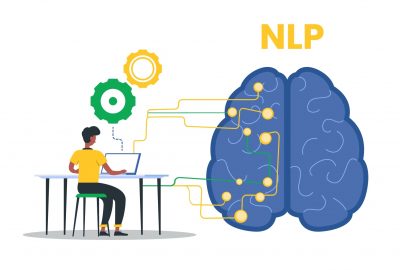Introduction
In recent years, with the rapid development of modern gene sequencing and protein analysis techniques, the amount of digitized biological data has increased rapidly. Given the great complexity of DNA such as the number of up to about 3 billion nucleotides in the DNA of human cells, understanding the mechanism that controls the action of genes will require the assistance of computational algorithms which are capable of running on powerful computer systems. Therefore, bioinformatics is an interdisciplinary research field that is receiving great attention in order to apply information technology to solve important problems in biology, medicine, especially in biology molecular.
Our research group focuses on the study and development of machine learning methods to explore factors affecting transcription, translation as well as post-translational modification of proteins, to determine functions of proteins, and apply to supporting the treatment of human diseases such as cancer as well as reducing and removing the harmful effects of viruses and bacteria to humans. See the slides here for more detail.
Contact: Dr. Nguyen Hong Quang, Email: quangnh@soict.hust.edu.vn
Research Directions
- Molecular biology research: Develop machine learning methods to predict gene expression as well as protein function.
- Researching viruses and bacteria: Develop machine learning methods to predict the biological mechanisms of viruses and bacteria, thereby proposing solutions for each type.
Research Problems
- Gene expression prediction: in humans as well as in plants and animals, different gene expression regulators allow different types of cells in the body to perform their specific functions. These control mechanisms include transcription, translation, and post-translation modification.
- Protein structure and function prediction: Protein structure prediction is a technique that assigns biological or biochemical roles to proteins in relation to their genome sequence. The need to understand protein function has attracted the attention of researchers in studies with the aim of improving predictive efficiency.
- Antibiotic-resistant bacteria prediction: Predict the types of bacteria that are resistant to current antibiotics and determine the concentrations of current antibiotics for these bacteria.
- Predict the evolution of viruses: Predict the mutation of pathogenic viruses such as influenza A or corona virus as well as the expression of these viruses to the body’s immune system.
- Support cancer treatment: Identify factors in the molecule that affect the transformation and growth of cancer cells.


















